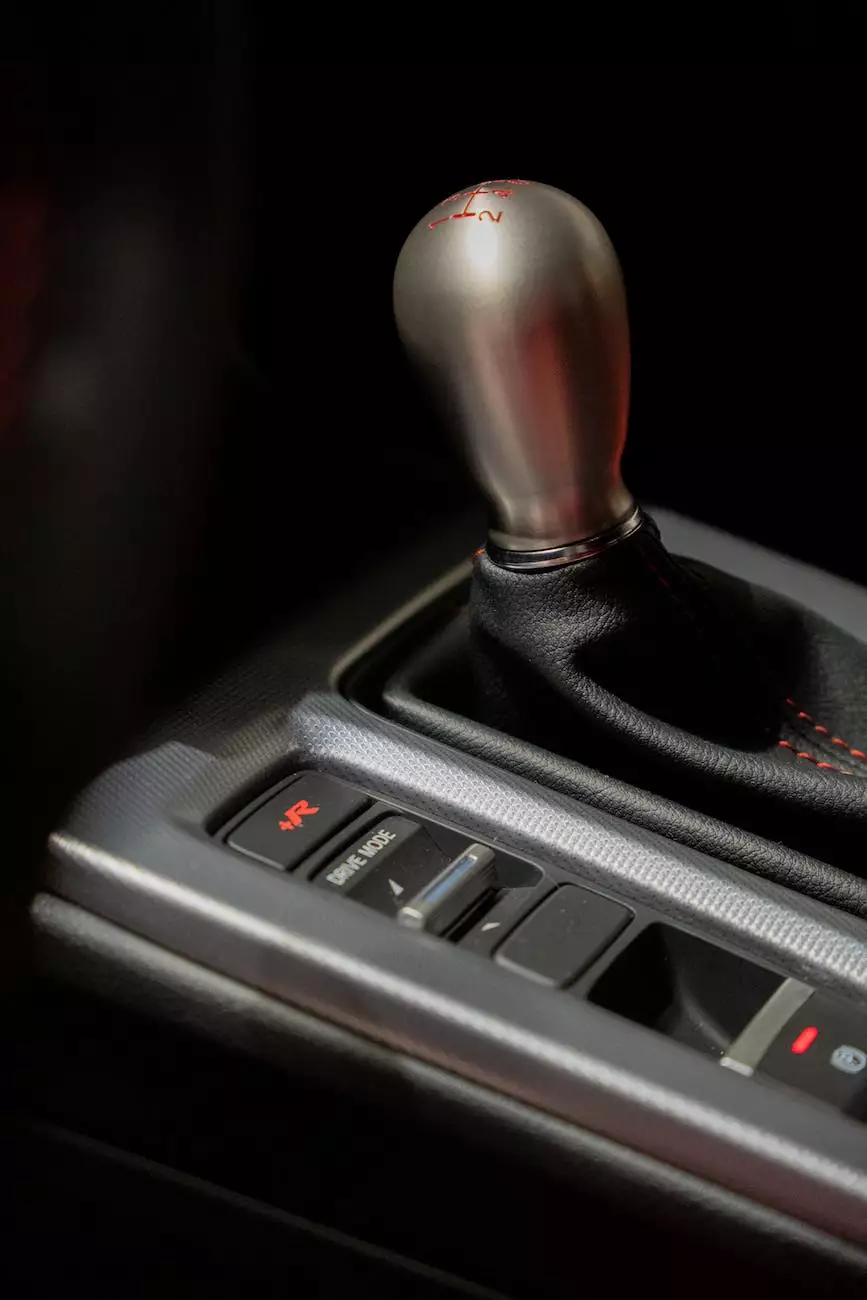Rotating Your Engine During Service and Maintenance

When it comes to maintaining your vehicle's engine, there are several essential steps that need to be followed to ensure optimal performance and longevity. One such crucial step is rotating your engine during service and maintenance. In this comprehensive guide, Grafco Electric, the leading experts in automotive care, will explain the importance of engine rotation and provide you with valuable tips on how to do it right.
The Significance of Engine Rotation
Engine rotation refers to the process of manually turning the engine's crankshaft to specific positions to facilitate various maintenance tasks. This simple yet often overlooked procedure plays a vital role in a well-rounded engine maintenance routine. By rotating the engine, you gain access to different components and subsystems, enabling thorough inspections, repairs, and preventive measures.
Regularly rotating the engine serves multiple purposes:
- Inspecting and Lubricating: Engine rotation allows you to inspect all mechanical parts, ensuring they are in good condition. It also facilitates the application of lubricants to various components, such as pistons, bearings, and camshafts, promoting smooth operation and reducing wear and tear.
- Distributing Oil: When an engine sits idle for extended periods, oil may settle in certain areas, leaving others insufficiently lubricated. Rotating the engine helps distribute oil evenly, preventing potential damage to crucial parts.
- Verifying Timing and Performance: By rotating the engine, you can verify the position of the pistons and valves, ensuring proper timing and performance. This step is especially important before installing new parts or during engine rebuilding processes.
- Removing Air Pockets: Rotating the engine assists in removing any trapped air pockets within the coolant passages, which can cause overheating and engine malfunctions.
Tips for Proper Engine Rotation
To effectively rotate your engine during service and maintenance, follow these expert tips:
Follow Manufacturer's Guidelines
Every engine is unique, and manufacturers often provide specific instructions regarding engine rotation. Refer to your vehicle's manual or consult with a professional to ensure you are following the correct procedure for your engine type.
Use a Breaker Bar or Similar Tool
A breaker bar or a similar tool with a long handle provides the necessary leverage to rotate the engine effectively. Attach the appropriate socket to the crankshaft bolt or pulley nut and slowly turn it in the designated direction, typically clockwise.
Rotate in Short Intervals
When rotating the engine, do it in short intervals, allowing the oil to circulate properly. This approach ensures that all parts receive sufficient lubrication and reduces the risk of strain on the engine.
Observe Safety Precautions
Always prioritize safety when working with a rotating engine. Make sure the vehicle is securely supported, the parking brake is engaged, and you have ample space to maneuver around the engine bay. Avoid wearing loose clothing or jewelry that could get caught in moving parts.
Seek Professional Assistance if Unsure
If you are uncertain about the proper technique or lack the necessary tools, it is advisable to seek the assistance of a skilled mechanic or automotive technician. They have the experience and expertise to rotate your engine safely and effectively.
Conclusion
Rotating your engine during service and maintenance is an essential aspect of proper vehicle care. By following the right procedure and paying attention to key details, you can optimize engine performance, mitigate potential issues, and extend the lifespan of your vehicle. Remember, when it comes to engine rotation, trust the experts at Grafco Electric for reliable guidance and top-notch automotive services.









